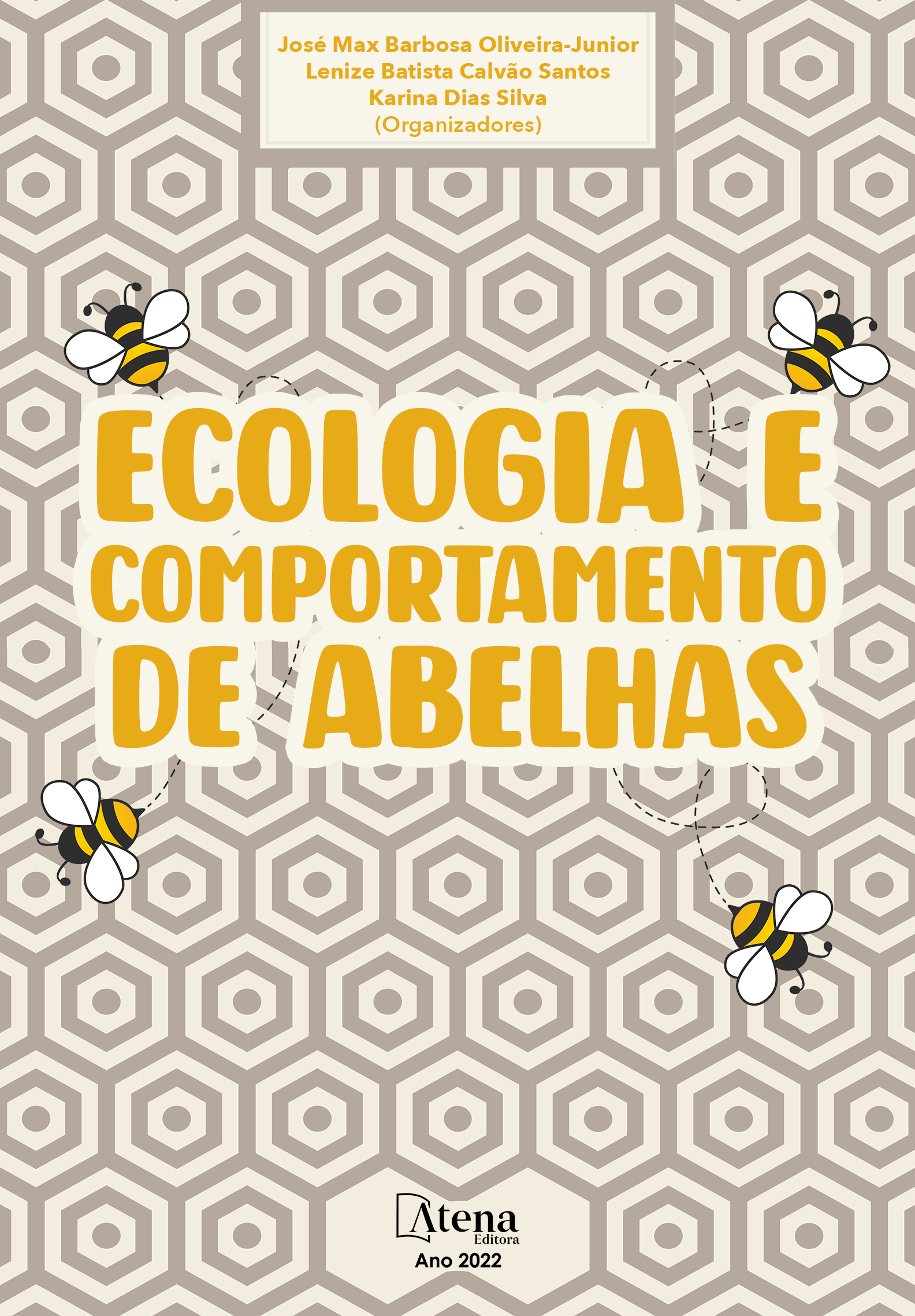
QUEM SÃO AS ABELHAS NOS LIVROS DIDÁTICOS DE CIÊNCIAS E BIOLOGIA?
Livros didáticos possuem um importante papel na apresentação conceitos aos estudantes e atuam como instrumentos de apoio para a construção de propostas de ensino. Abelhas apresentam grande variedade de espécies e comportamentos e realizam a polinização de diversas espécies vegetais. Apesar de sua importância ecológica e econômica, poucas pessoas conhecem a diversidade existente na natureza e a relevância desses insetos. Este estudo investigou a abordagem sobre as abelhas existente nos livros didáticos de Ciências e Biologia. Foram analisados 40 livros de 16 coleções, a partir dos quais os conteúdos referentes às abelhas foram compilados e organizados em categorias. Livros de Ciências e Biologia apresentaram diferentes abordagens quanto aos temas tratados. A abelha europeia (Apis mellifera) foi a mais citada. Os maiores equívocos identificados foram relacionados à classificação dos grupos de insetos. Em contrapartida, questões consideradas relevantes, sobre relações ecológicas, foram encontradas.
QUEM SÃO AS ABELHAS NOS LIVROS DIDÁTICOS DE CIÊNCIAS E BIOLOGIA?
-
DOI: 10.22533/at.ed.6602220014
-
Palavras-chave: ensino, educação ambiental, polinizadores
-
Keywords: teaching; environmental education; pollinators
-
Abstract:
School textbooks have an important role in the presentation of new concepts to students. Bees present a wide species variety and behaviors. They also pollinate flowers as an environmental service. Despite their importance, few people knows the diversity in nature and the relevance of these insects. This study investigated the Science and Biology textbook’s approach on bees. Forty textbooks were analyzed. The contents about bees were compiled and organized in categories. The analyses addressed themes cited in each year of education, the percentage of bee’s species mentioned by authors, as well as conceptual errors or generalizations identified in the texts. Science and Biology books exhibited different approaches on the themes treated. The European bee (Apis mellifera) was the most mentioned. The biggest mistakes were related to bee’s classification, although relevant approaches about ecological relations were found.
-
Número de páginas: 15
- Fernanda Helena Nogueira Ferreira
- Bárbara Matos da Cunha Guimarães


